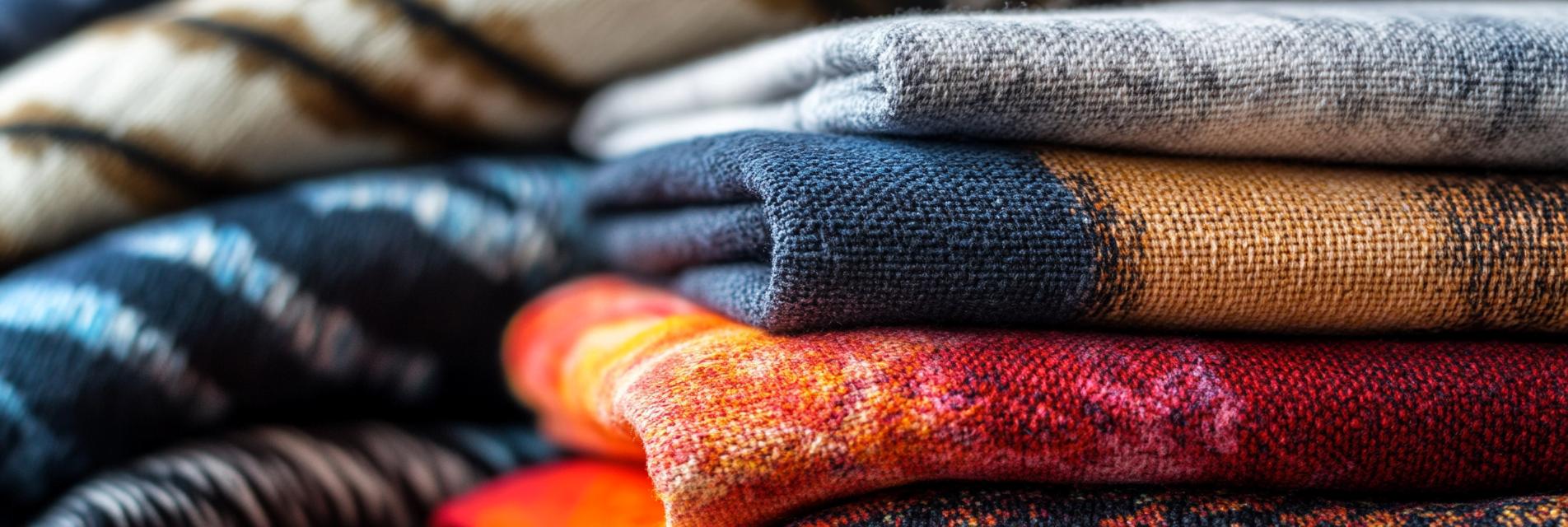As a professional in the textile industry, I have witnessed significant transformations over the years, especially in dyeing and printing techniques for double-layer fabrics. These advancements not only enhance the aesthetic appeal of the fabric but also address sustainability—a core concern that has become paramount for modern consumers.
Historically, double-layer fabrics have been utilized primarily for their durability and insulation properties. The evolution of dyeing techniques began in the early 20th century. Initially, these fabrics were dyed using synthetic dyes that posed various environmental risks. However, as awareness grew, the industry has gradually shifted towards safer, eco-friendly alternatives.
In recent years, the development of natural dyes derived from plants and minerals has gained traction. These dyes not only minimize the environmental footprint but also deliver unique hues that synthetic dyes cannot replicate. This shift marks a pivotal moment in textile innovation, aligning with the sustainable fashion movement.
The printing process has also undergone a revolutionary change. Digital printing technology provides precision and versatility that traditional methods lack. As a result, designers can easily incorporate complex patterns and vibrant colors into double-layer fabrics without the excessive use of water and chemicals.
Digital printing not only reduces waste but also allows for customization, catering to diverse consumer preferences. This innovation supports the fast fashion model while promoting responsible practices in textile production.
The integration of sustainable practices in dyeing and printing is critical for the future of the textile industry. Techniques such as waterless dyeing and the use of biodegradable inks are redefining the standards of production. These methods demonstrate a commitment to sustainability without compromising quality or design.
In conclusion, the continuous evolution of dyeing and printing techniques for double-layer fabrics highlights the textile industry's shift towards sustainability and innovation. As I reflect on these advancements, it is clear that the future of textile production lies in balancing aesthetic appeal with responsible practices.

